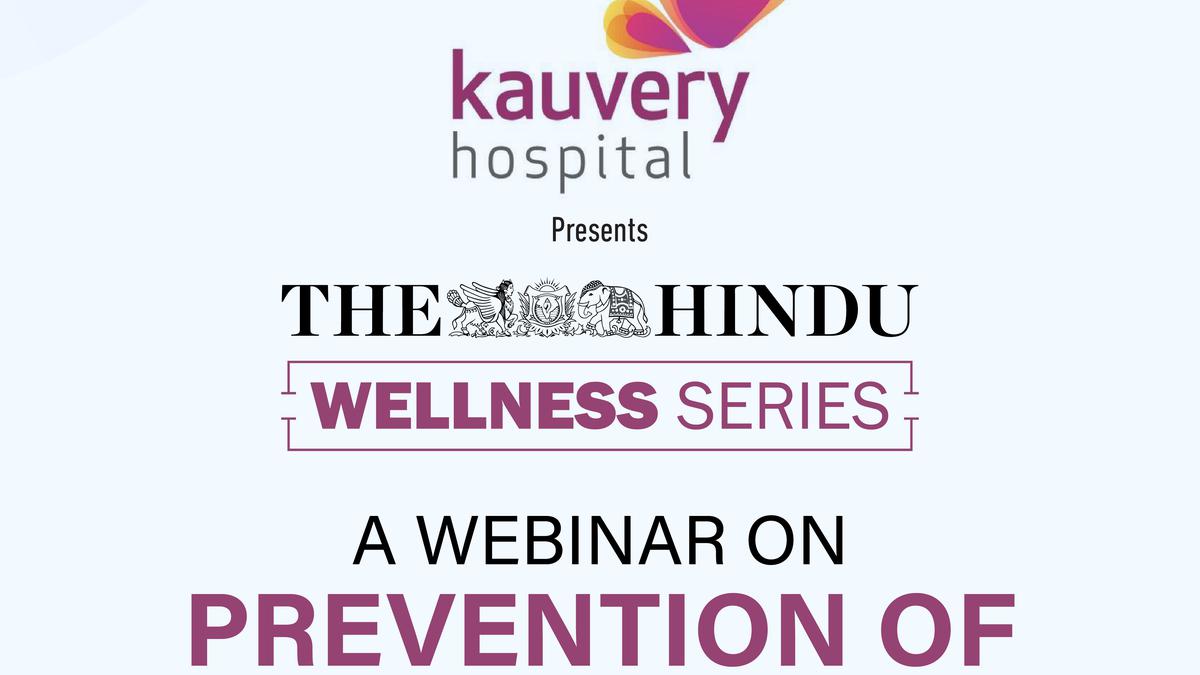
Golden hour is vital in treating stroke, say neuro experts at The Hindu wellness webinar
The Hindu
Doctors who participated in the webinar emphasised that any symptom that feels out of character — such as sudden and severe headache, stiffness or neck pain, speech slur, arm weakness and imbalanced walk — could be a warning of a stroke or brain attack and has to be treated immediately.
There is a need to educate people about the early symptoms of a stroke and the need to respond as soon as possible, noted neurologists who were part of The Hindu wellness webinar on the ‘Prevention of Brain attack’ on Friday.
Doctors who participated in the webinar presented by Kauvery Hospital on the eve of World Brain Day reiterated the importance of the initial 4.5 hours after a stroke.
They emphasised that any symptom that feels out of character — such as sudden and severe headache, stiffness or neck pain, speech slur, arm weakness and imbalanced walk — could be a warning of a stroke or brain attack and has to be treated immediately.
Early intervention could lead to faster recovery and reducing disability, said S. Srihari, Consultant, Brain and Spine Surgeon from Tiruchi. Though strokes were preventable and new treatment options were available, 80% of people lacked the awareness to identify the warning signs of a stroke.
Sivarajan Thandeeswaran, Senior Consultant, Neurology and Neuroscience at Kauvery Hospital, Chennai, spoke about the FAST (Face, Arm, Speech and Time to call for help) approach. “People should not ignore the symptoms of facial asymmetry, inability to raise a hand and speak a few simple words. If any of these are seen, the patient should be rushed to a comprehensive stroke care clinic,” he said.
Surgical management is rarely needed if clot busters are administered upon diagnosis at the earliest, the neurologists said. Dr. Srihari said India records one stroke every 40 seconds and one stroke death every four minutes. The incidence of brain attacks has become higher now in those between 25-40 years compared to earlier times when it was mostly seen in the older age group, he added.
Dr. Thandeeswaran said the risk factors, including excess weight, diabetes, high or uncontrolled blood pressure and sedentary lifestyle, could be addressed. “People must control their parameters and be on the move because sitting is the new smoking and kills more than any other lifestyle habit,” he said.











